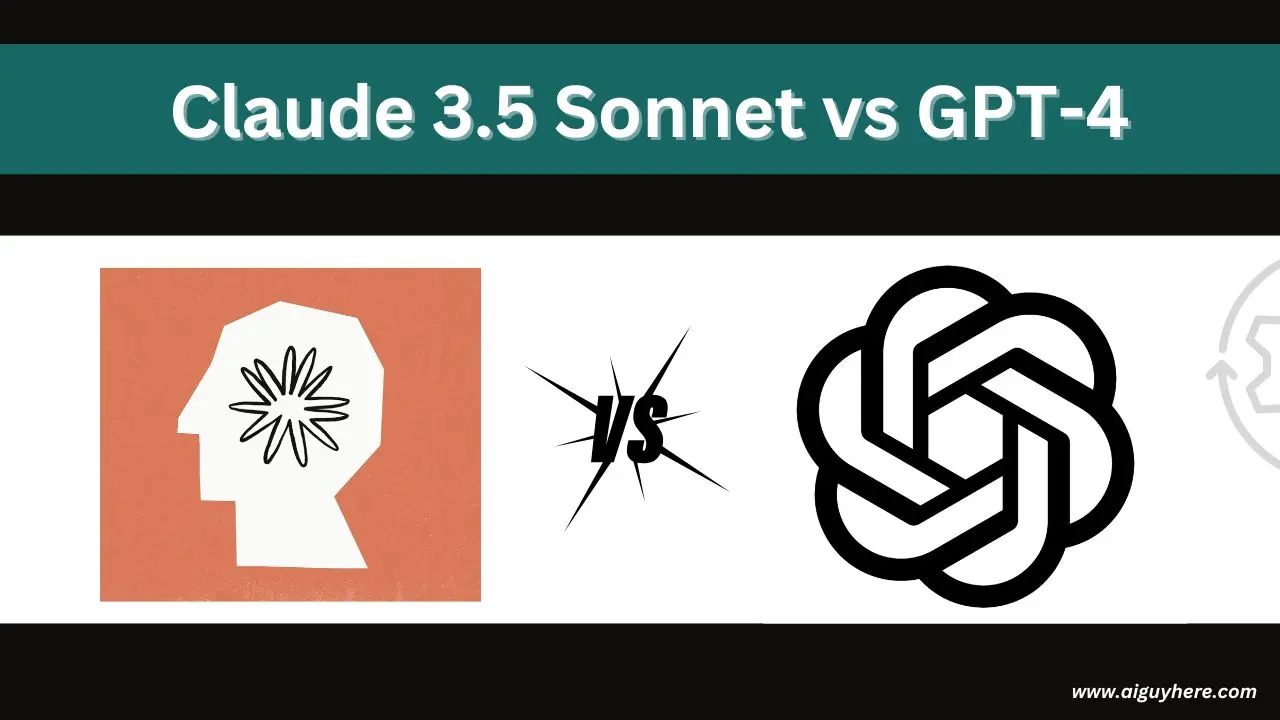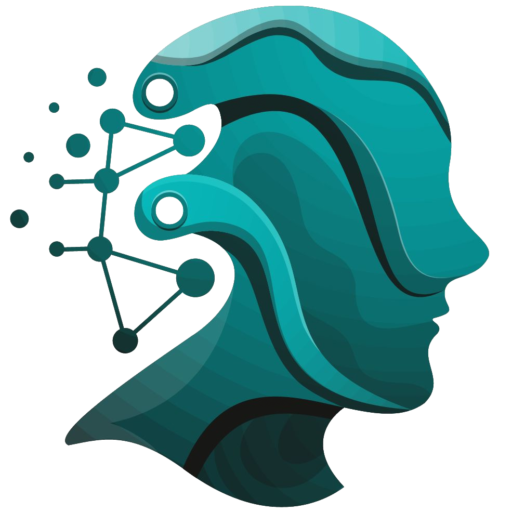Artificial Intelligence (AI) is transforming industries at an unprecedented rate. Among the most notable advancements in AI are language models. Two of the most prominent are Claude 3.5 Sonnet and GPT-4. These models have been developed to enhance natural language processing (NLP) capabilities. This article will compare these two models, providing an in-depth analysis of their features, performance, and applications.
Introduction
The field of AI has seen remarkable growth. According to Gartner, the AI market is expected to grow by 20% annually. Natural language processing, a subfield of AI, plays a critical role in this growth. In 2023, OpenAI’s GPT-4 and Anthropic’s Claude 3.5 Sonnet emerged as leading NLP models. These models are designed to understand and generate human-like text. Understanding their differences is crucial for businesses and developers who want to leverage AI technology.
Overview of Claude 3.5 Sonnet and GPT-4
What is Claude 3.5 Sonnet?
Claude 3.5 Sonnet is developed by Anthropic. It is part of the Claude series of AI models. The model focuses on safety and reliability. It is designed to generate coherent and contextually relevant text. Claude 3.5 Sonnet is known for its ethical considerations and alignment with human values.
What is GPT-4?
GPT-4, developed by OpenAI, is the fourth generation of the Generative Pre-trained Transformer series. It builds on the success of its predecessors. GPT-4 is renowned for its versatility and wide range of applications. It can perform various tasks such as translation, summarization, and content generation.
Architecture and Training
Claude 3.5 Sonnet
Claude 3.5 Sonnet uses a transformer-based architecture. It has been trained on a diverse dataset, which includes books, articles, and websites. The model employs reinforcement learning from human feedback (RLHF). This method ensures that the outputs are aligned with human values. The model also uses techniques to minimize biases and enhance safety.
GPT-4
GPT-4 also utilizes a transformer-based architecture. It is trained on a massive dataset that covers various domains. OpenAI uses unsupervised learning followed by supervised fine-tuning. The model has a large number of parameters, making it one of the most powerful language models. GPT-4 is designed to be highly flexible and adaptive.
Performance Comparison
Language Understanding
Claude 3.5 Sonnet excels in understanding complex language structures. It is particularly good at maintaining context over long passages. This makes it suitable for tasks that require deep comprehension.
GPT-4 is also highly proficient in language understanding. It can handle a wide range of topics and maintain coherence. However, some studies suggest that Claude 3.5 Sonnet might have a slight edge in contextual understanding.
Text Generation
GPT-4 is known for its ability to generate high-quality text. It can produce creative and engaging content. Its versatility makes it ideal for various applications, from content creation to customer service.
Claude 3.5 Sonnet is also capable of generating coherent text. Its focus on ethical considerations means that it tends to produce safer outputs. This makes it a preferred choice for applications where content sensitivity is critical.
Speed and Efficiency
Claude 3.5 Sonnet is optimized for efficiency. It delivers fast responses without compromising quality. This makes it suitable for real-time applications.
GPT-4, while powerful, can be resource-intensive. It may require more computational power, which could impact its speed in certain applications.
Applications
Business and Marketing
Both models have significant applications in business and marketing. GPT-4’s ability to generate engaging content makes it ideal for marketing campaigns, social media posts, and product descriptions.
Claude 3.5 Sonnet’s focus on safety and ethics makes it suitable for customer interactions and support. It ensures that the content generated is aligned with brand values and ethical guidelines.
Education and Research
In education, GPT-4 can be used to create educational content, provide tutoring, and assist with research. Its vast knowledge base makes it a valuable resource for students and researchers.
Claude 3.5 Sonnet can also be used in education, particularly in areas where ethical considerations are paramount. It can assist in creating content that is not only informative but also respectful and inclusive.
Healthcare
GPT-4’s ability to understand and generate medical information makes it useful in healthcare. It can assist in creating patient education materials, summarizing medical articles, and providing support to healthcare professionals.
Claude 3.5 Sonnet’s emphasis on safety makes it a reliable choice for healthcare applications. It ensures that the information generated is accurate and ethical, reducing the risk of misinformation.
Ethical Considerations
Bias and Fairness
Both Claude 3.5 Sonnet and GPT-4 have mechanisms to address bias. However, Claude 3.5 Sonnet places a stronger emphasis on ethical considerations. It is designed to minimize biases and ensure fairness in its outputs.
GPT-4 also addresses bias but may require additional fine-tuning to achieve the same level of ethical alignment as Claude 3.5 Sonnet.
Safety
Safety is a key focus for Claude 3.5 Sonnet. The model includes measures to prevent the generation of harmful or inappropriate content. This makes it suitable for sensitive applications.
GPT-4 also incorporates safety measures but may require more oversight to ensure compliance with ethical guidelines.
User Experience
Ease of Integration
Claude 3.5 Sonnet is designed for easy integration into existing systems. It provides robust APIs and developer support, making it accessible for businesses and developers.
GPT-4 also offers extensive APIs and integration options. Its widespread adoption means that there is a wealth of resources and community support available.
Customization
GPT-4 offers high levels of customization. Users can fine-tune the model for specific applications and industries. This flexibility makes it a popular choice for a wide range of use cases.
Claude 3.5 Sonnet also allows for customization but places a stronger emphasis on maintaining ethical standards. This may limit some customization options but ensures that outputs are safe and reliable.
Cost Considerations
Licensing and Usage
Both Claude 3.5 Sonnet and GPT-4 offer licensing options. The cost can vary based on the level of usage and the specific needs of the business.
GPT-4 may have higher costs due to its computational requirements. However, its versatility and performance can justify the investment.
Claude 3.5 Sonnet, with its focus on efficiency, may offer more cost-effective solutions for certain applications.
Long-Term ROI
Investing in either Claude 3.5 Sonnet or GPT-4 can provide significant returns. Businesses can benefit from improved efficiency, enhanced customer interactions, and better decision-making.
The choice between the two models will depend on the specific needs and ethical considerations of the business. Claude 3.5 Sonnet’s emphasis on safety and ethics may provide long-term benefits in terms of trust and brand reputation.
Future Prospects
Ongoing Developments
Both Anthropic and OpenAI are continuously improving their models. Future updates to Claude 3.5 Sonnet and GPT-4 will likely include enhanced features, better performance, and more robust safety measures.
Emerging Trends
The AI landscape is rapidly evolving. Emerging trends such as multimodal models, which combine text, image, and video processing, will shape the future of NLP. Both Claude 3.5 Sonnet and GPT-4 are expected to adapt to these trends, offering even more advanced capabilities.
Conclusion
Claude 3.5 Sonnet and GPT-4 are two of the most advanced language models available today. Each has its strengths and unique features. Claude 3.5 Sonnet excels in ethical considerations and safety, making it suitable for sensitive applications. GPT-4 offers unparalleled versatility and performance, making it a popular choice for a wide range of tasks.
Businesses and developers must consider their specific needs, ethical considerations, and budget when choosing between these models. Both Claude 3.5 Sonnet and GPT-4 have the potential to transform industries and drive innovation in AI.
By understanding the strengths and limitations of each model, users can make informed decisions and leverage the full potential of AI technology. The future of AI is bright, and these models are at the forefront of this exciting journey.
Frequently Asked Questions (FAQs)
What is the difference between Claude 3.5 Sonnet and GPT-4?
Claude 3.5 Sonnet, developed by Anthropic, emphasizes safety and ethical considerations in its text generation, making it suitable for applications requiring reliability and alignment with human values. GPT-4, developed by OpenAI, is known for its versatility and wide range of applications, excelling in generating creative and engaging content across various tasks.
How does the architecture of Claude 3.5 Sonnet compare to GPT-4?
Both Claude 3.5 Sonnet and GPT-4 use transformer-based architectures. Claude 3.5 Sonnet focuses on safety and ethical considerations with reinforcement learning from human feedback (RLHF). GPT-4 is designed with a vast number of parameters and trained on extensive datasets, prioritizing versatility and adaptability.
Which model is better for business applications, Claude 3.5 Sonnet or GPT-4?
GPT-4 is highly versatile and excels in generating engaging content for marketing and various business applications. Claude 3.5 Sonnet, with its focus on safety and ethics, is ideal for customer interactions and support where content sensitivity is crucial.
Are Claude 3.5 Sonnet and GPT-4 suitable for educational purposes?
Yes, both models are suitable for educational purposes. GPT-4 can create educational content and assist with research, while Claude 3.5 Sonnet is valuable in contexts requiring ethical considerations, providing respectful and inclusive educational material.
How do Claude 3.5 Sonnet and GPT-4 address bias and fairness?
Claude 3.5 Sonnet places a strong emphasis on minimizing biases and ensuring fairness through ethical alignment. GPT-4 also addresses bias but may require additional fine-tuning to achieve the same level of ethical alignment as Claude 3.5 Sonnet.
Which model is more efficient, Claude 3.5 Sonnet or GPT-4?
Claude 3.5 Sonnet is optimized for efficiency, delivering fast responses suitable for real-time applications. GPT-4, while powerful, can be resource-intensive and may require more computational power, potentially impacting its speed in certain applications.
What are the cost considerations for using Claude 3.5 Sonnet and GPT-4?
Both models offer licensing options with costs varying based on usage and specific needs. GPT-4 may have higher costs due to its computational requirements, while Claude 3.5 Sonnet’s efficiency may offer more cost-effective solutions for some applications.
How do Claude 3.5 Sonnet and GPT-4 handle safety in content generation?
Claude 3.5 Sonnet includes measures to prevent harmful or inappropriate content, making it suitable for sensitive applications. GPT-4 incorporates safety measures as well but may require more oversight to ensure compliance with ethical guidelines.
Can Claude 3.5 Sonnet and GPT-4 be customized for specific applications?
Yes, both models offer customization. GPT-4 allows for high levels of customization across various industries and applications. Claude 3.5 Sonnet also offers customization but prioritizes maintaining ethical standards, which may limit some customization options.
What are the future prospects for Claude 3.5 Sonnet and GPT-4?
Both models are expected to see continuous improvements with enhanced features, better performance, and more robust safety measures. Emerging trends such as multimodal models will likely influence future developments, further advancing their capabilities.




